The Hitachi DK31BJ-36LC is, at least from initial looks, an absolute brick of an enterprise-unit from early-2000. Prior to their acquisition of IBM’s disk drive division in 2003, Hitachi focused on mobile & enterprise computing with their own division. The DK31BJ-36LC is one such example from the latter focus, being a high-end offering for the period (at least, from Hitachi alone).
Even without IBM, Hitachi had the ball rolling in an impressive way several years prior. Perhaps not the capacity champions, but they sure do sound incredible.

Drive Attributes ------------------------------------- Hitachi DK31BJ-36LC ------------------------------------- Capacity 36GB Mfc Date 2000-03 Format 3.5" (40mm) Interface SCSI (SCA) Platters -- Heads -- Cache 1MB RPM 10000 Origin Japan (HCL) -------------------------------------
The DK3xBJ series had multiple capacities & formats, with the second number (in this case 1) referring to height. (1 = 40mm, 2 = 20mm, per Hitachi documentation) Unfortunately, given a lack of in-depth documentation & internal images, the total head/platter count is completely unknown. Density remains a mystery, which is a shame.
In the series model number, the letter J refers to these drives running at 10,000 RPM, with B referring to the model revision. For example, the successor to these drives is the DK3xCJ series.


Hitachi’s labels from their pre-IBM era have always been fairly lackluster. This drive continues on with the tradition, providing practically nothing in useful data. The model number & date of manufacture are a couple nice points, regardless.
This unit was produced in Japan, with the DK3xBJ series as a whole having been produced in both the Philippines & Japan.

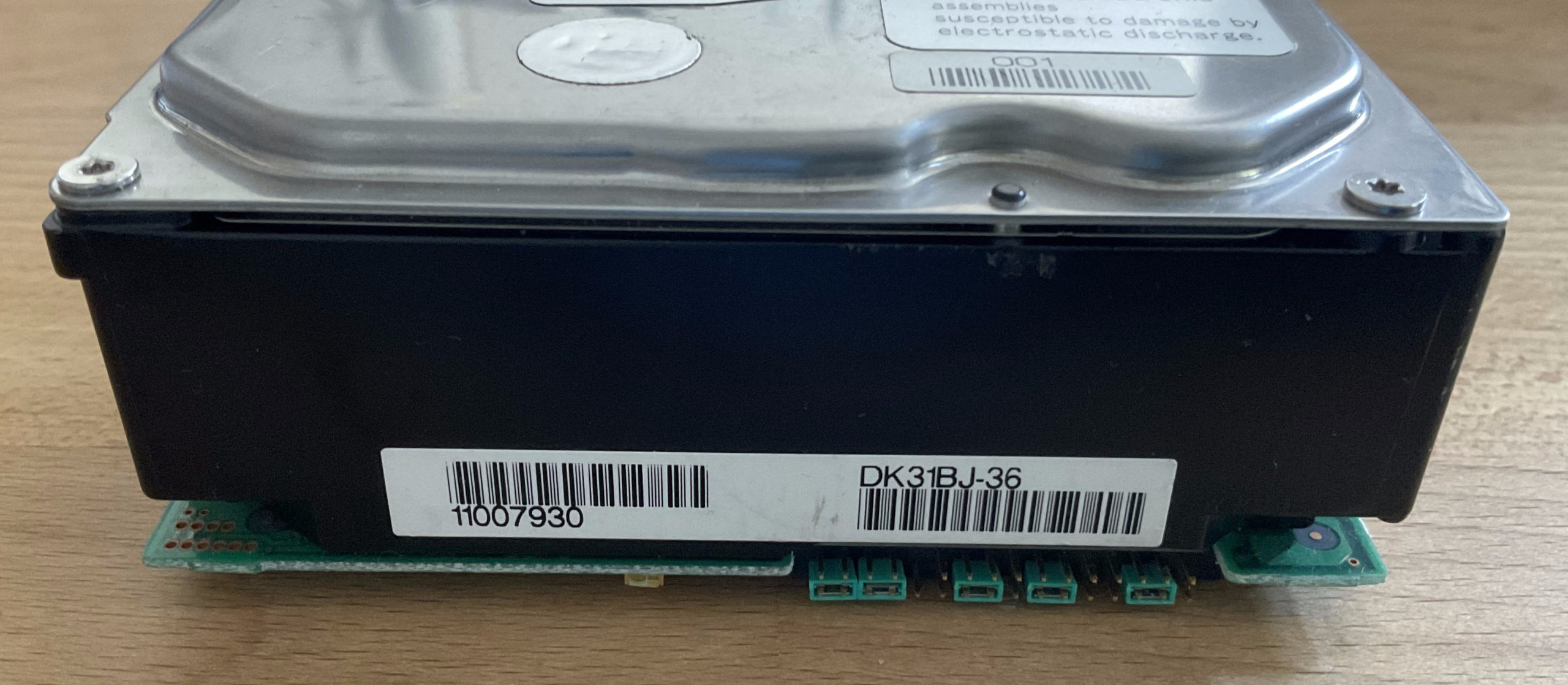
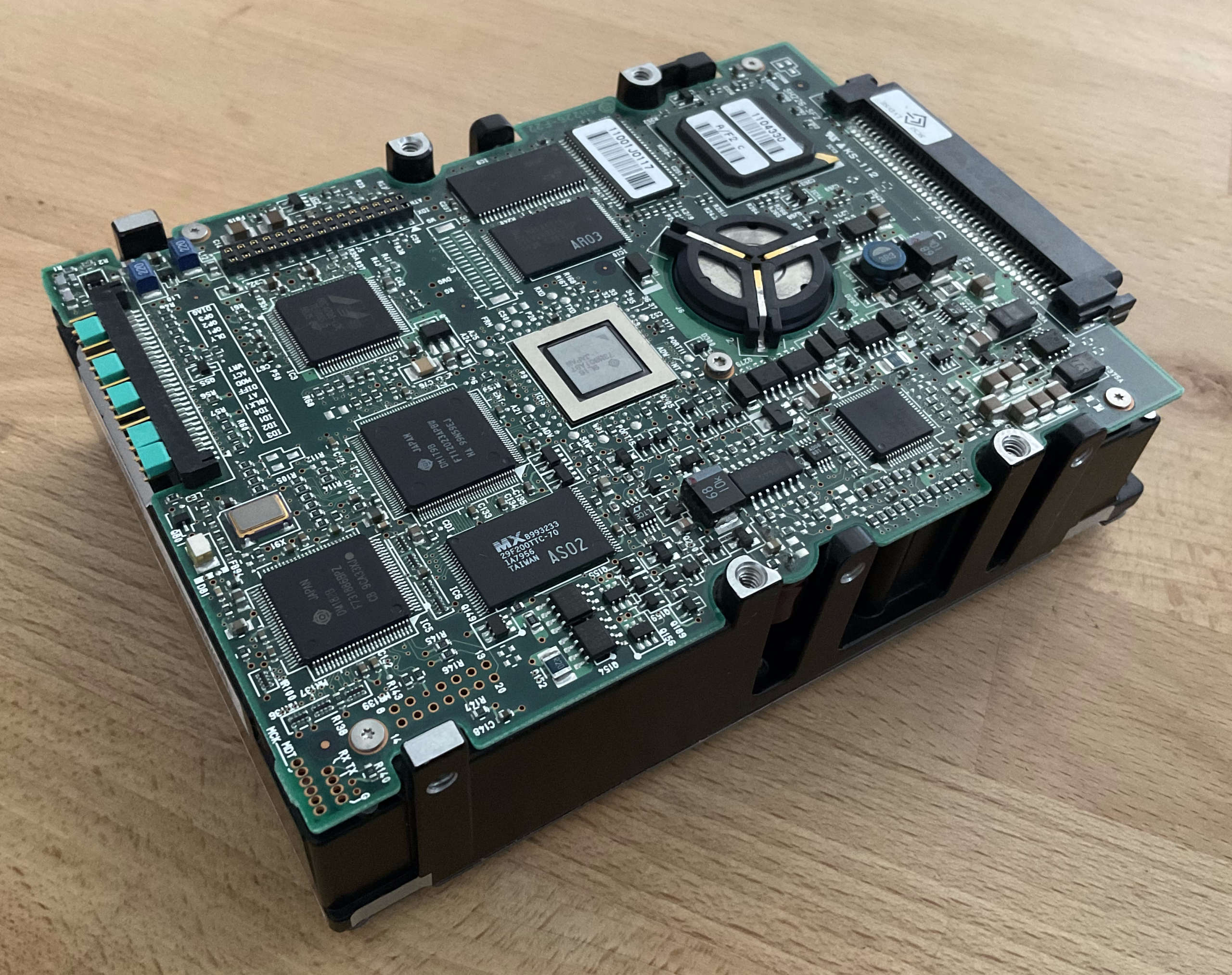
The board on this unit is quite packed, as one may expect from an early-2000’s SCSI drive.
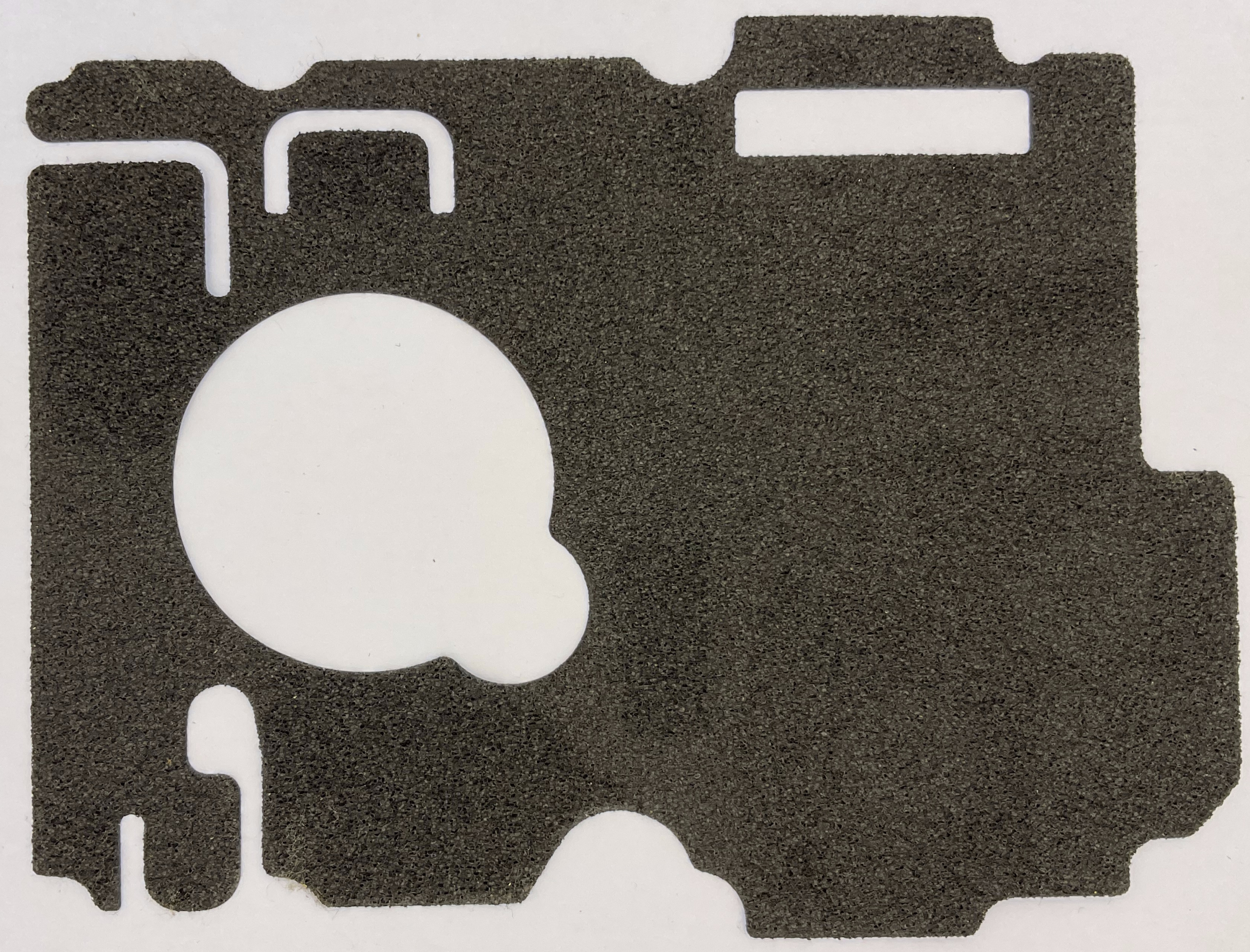

With a piece of foam between the PCB and the base, the underside is revealed. Sadly, nothing too interesting!
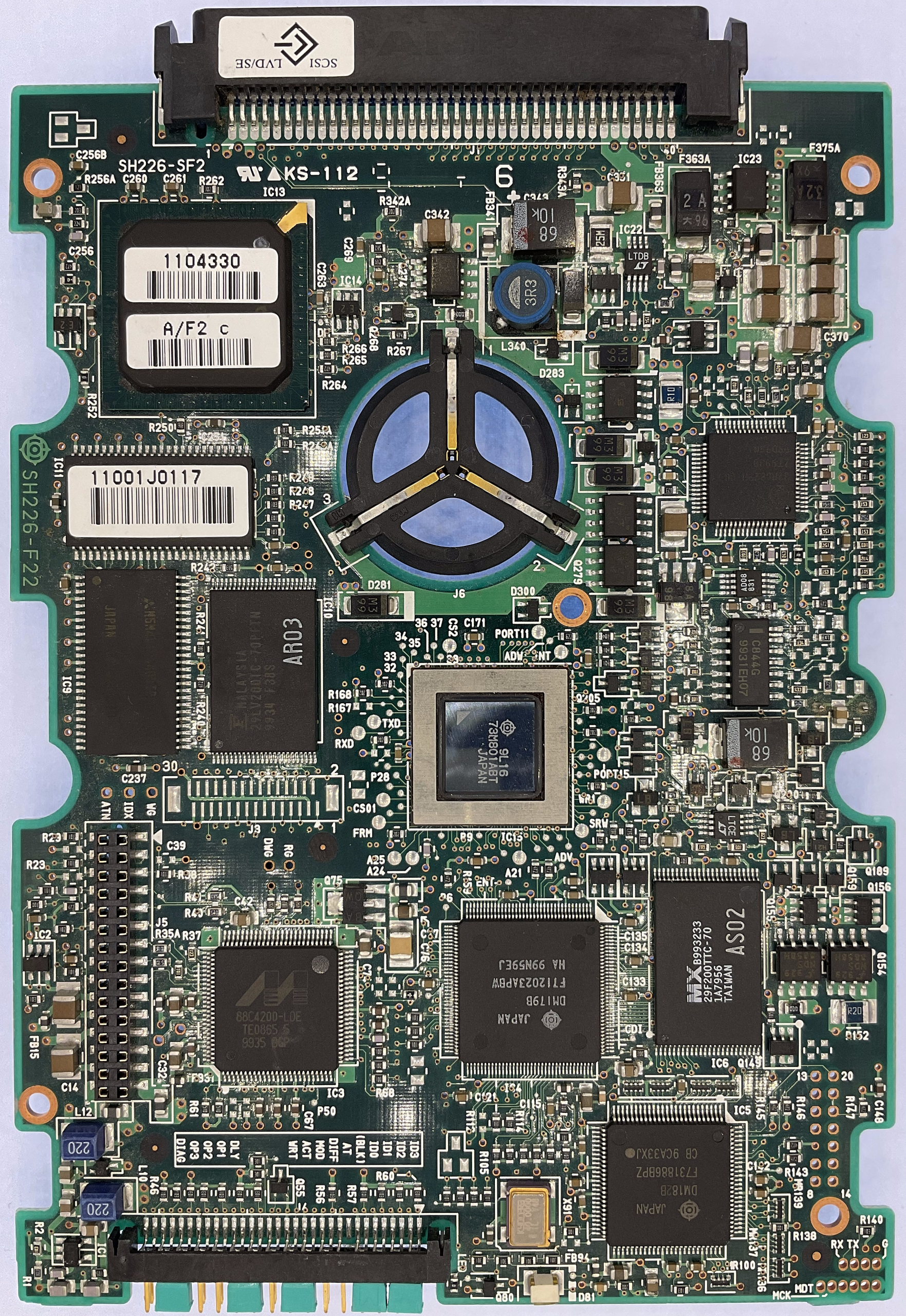
Being a large element of the semiconductor industry, Hitachi would utilise many of their own in-house chips for these units. Particularly, the central microprocessor being a custom part, alongside auxiliary function processing.
Seen above, on the base of the drive, these units utilise a rather unique method of spindle motor connection to the main assembly. This is present on Seagate’s enterprise-grade units from the same period, providing a 3-pin connection point. It’s slightly unusual, particularly given no drives in the current day utilise a method like the one seen above.
1MB was an impressive amount of cache for the time, with the succeeding DK3xCJ series bringing it up to a whopping 4MB!
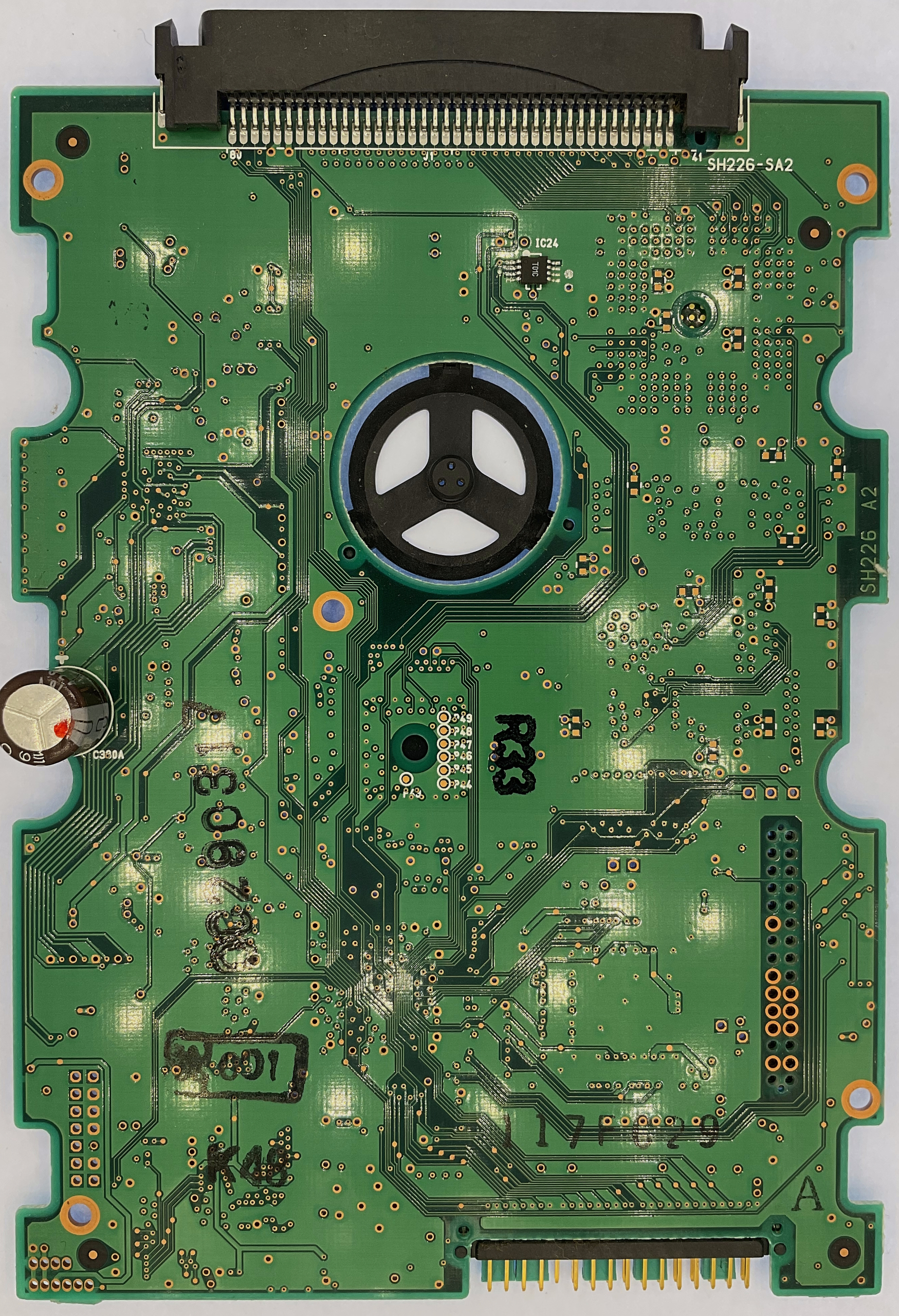
The rear of the PCB bears a ton of randomly stamped markings, with little notable information being attained from them. As with many other units, there’s nothing special on this side.
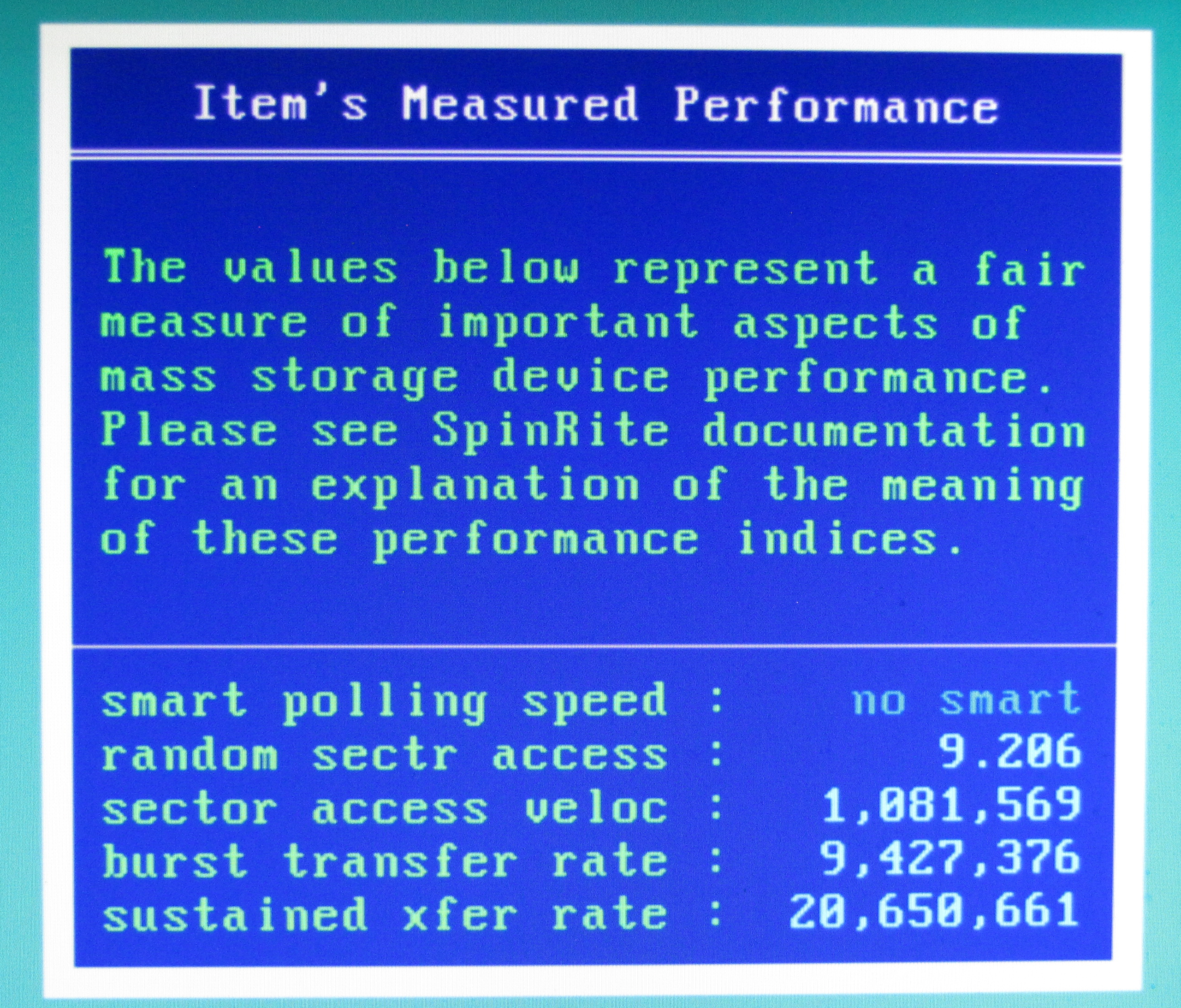
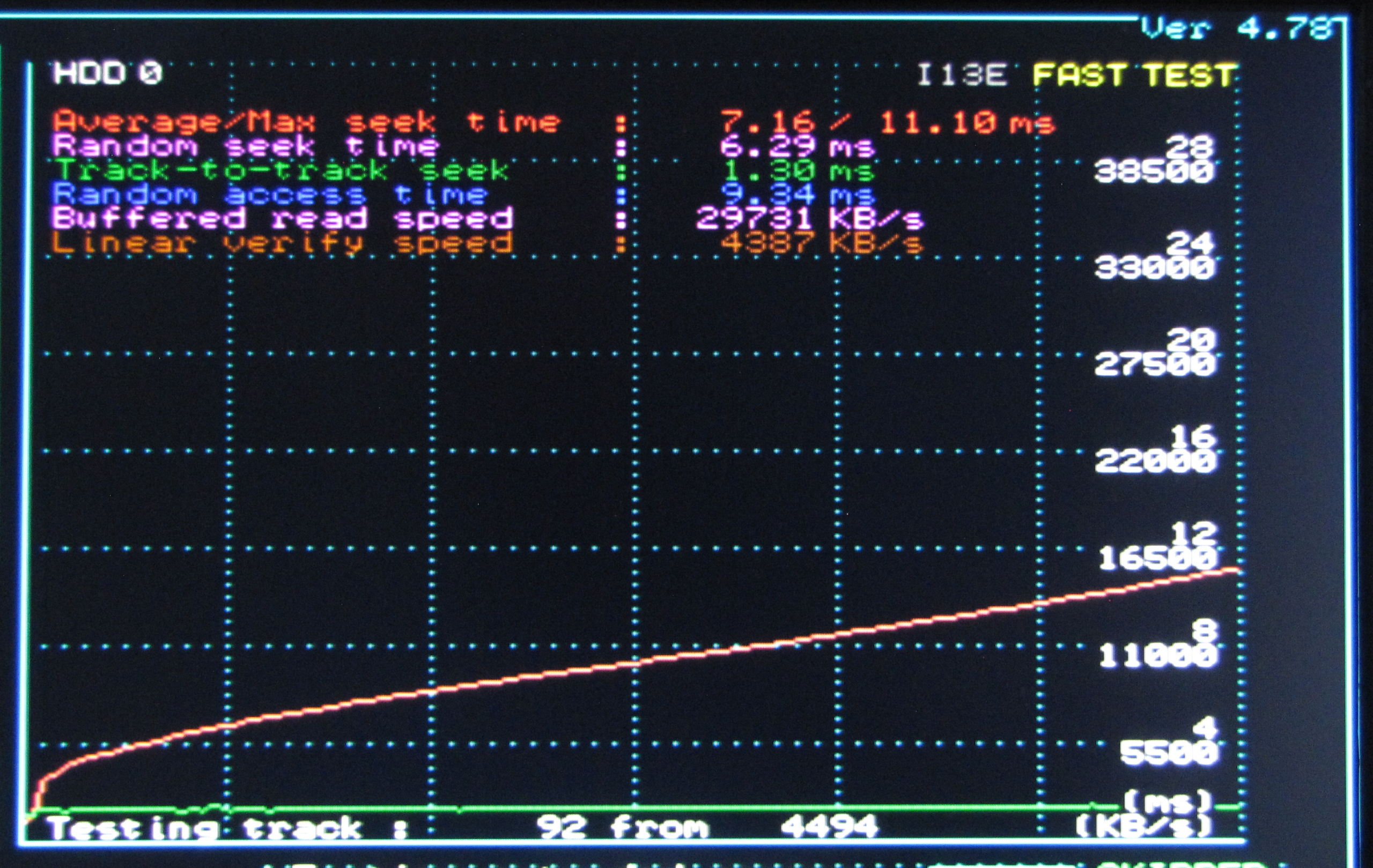
This unit was acquired from Yahoo Auctions Japan for a whopping 800 JPY (~€5/~$5.50USD as of 2023-08-22), listed as completely untested. The description stated that it had sat on a shelf in a warehouse for over a decade, so initial hopes were certainly not high. In fact, as a display piece alone the price was fine enough! The first power-on test didn’t go too swimmingly, resulting in the click of death and subsequent auto-shutdown. Fortunately, it spun right back up and initialised just fine! It has been working perfectly for over a year since. This unit is free of bad sectors/defects.
In terms of historical issuance for these drives, there’s very little to mention. Unfortunately, like their inception to the market, their presence seems to be relatively small. Data on past pricing, environments, markets etc, is practically extinct on the web. Much like their platter & head count specifications being a mystery (without needless destruction of an incredible piece of history), not much can be added in terms of their existence.
It’s a shame, but perhaps marketing & distribution wasn’t something Hitachi had down to a tee until their divisional merger with IBM in 2003.
If you missed the video I made on this drive, you can find it here: